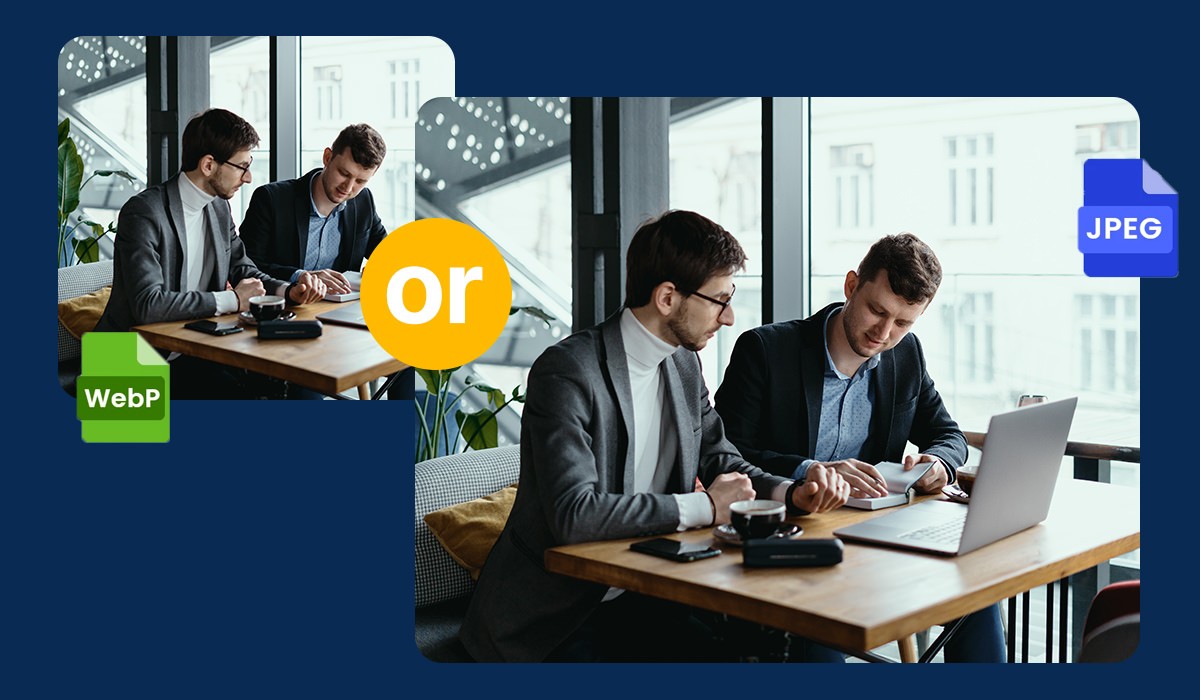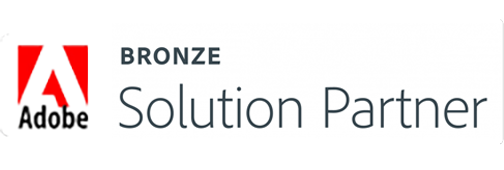In the world of e-commerce and digital media, choosing the right image format is crucial for website performance and user experience. With the introduction of Google's WebP format, many are questioning whether it truly offers a better alternative to traditional JPEG formats. This blog post examines the pros and cons of WebP versus JPEG (webp vs jpg) and explores what these developments could mean for e-commerce entrepreneurs.
What is WebP?
WebP is an image format developed by Google to overcome the limitations of previous image formats like JPEG and PNG. It provides significant compression, reducing file sizes without compromising image quality. This leads to faster website load times and an enhanced user experience.
WebP vs JPG: Comparing Image Formats
1. File Size and Load Times
WebP files are up to 30% smaller than JPEGs (jpeg webp) at comparable quality. This can be particularly beneficial for e-commerce websites, where quick load times are crucial to keep bounce rates low and improve the customer experience.
2. Image Quality
Although JPEG is known for its relatively good quality at high compression rates, WebP offers even more efficient compression technology, which in many cases leads to better image quality at smaller file sizes.
3. Support and Compatibility
A major downside of WebP is that it is not supported by all browsers. While most modern browsers like Google Chrome and Firefox can display WebP files without any issues, there are still some platforms that do not support the format. JPEG, on the other hand, enjoys universal support across all platforms.
4. Versatility
JPEG is especially popular due to its flexibility and ease of handling. Almost any image editing software can open, edit, and save JPEG files, which is not always the case with WebP.
Application in E-Commerce
For e-commerce entrepreneurs, it is important to weigh the benefits of WebP, especially the improved load times and reduced bandwidth usage, against potential drawbacks such as limited compatibility and editing options. Decisions should be based on the specific context of use and the needs of the target audience.
Strategies for E-Commerce Images:
- Responsive Images: Implement responsive images that automatically select the best format and size based on the user's device and screen resolution.
- Progressive Loading: Utilize techniques such as "lazy loading," where images are only loaded when they enter the visible area of the browser.
- A/B Testing: Conduct A/B tests to assess how different image formats affect the performance of your website.
Conclusion
While WebP offers many advantages, particularly in terms of file size efficiency and load times, JPEG remains a relevant option due to its universality and flexibility. For e-commerce entrepreneurs, it is advisable to pursue a mixed strategy that selects the optimal format depending on the context. Ultimately, the goal is to achieve an optimal balance between performance, quality, and user experience.
By strategically utilizing the benefits of both formats, you can ensure that your e-commerce website is both efficient and customer-friendly, thereby strengthening your digital footprint in a competitive market.







 Applicable for Package
Applicable for Package Optional
Optional